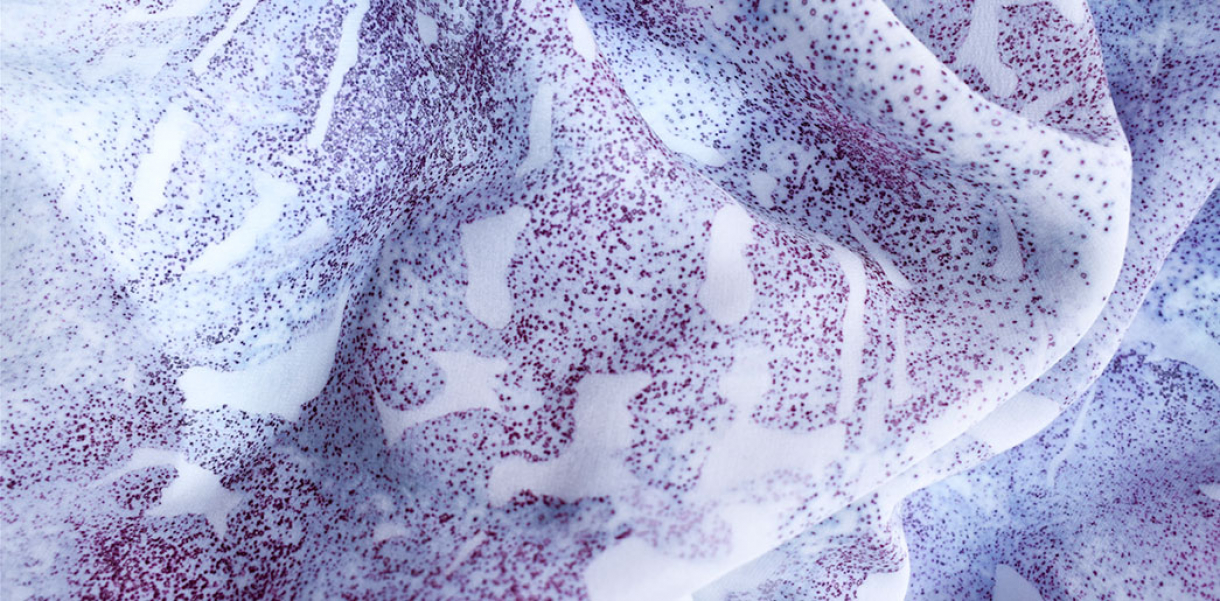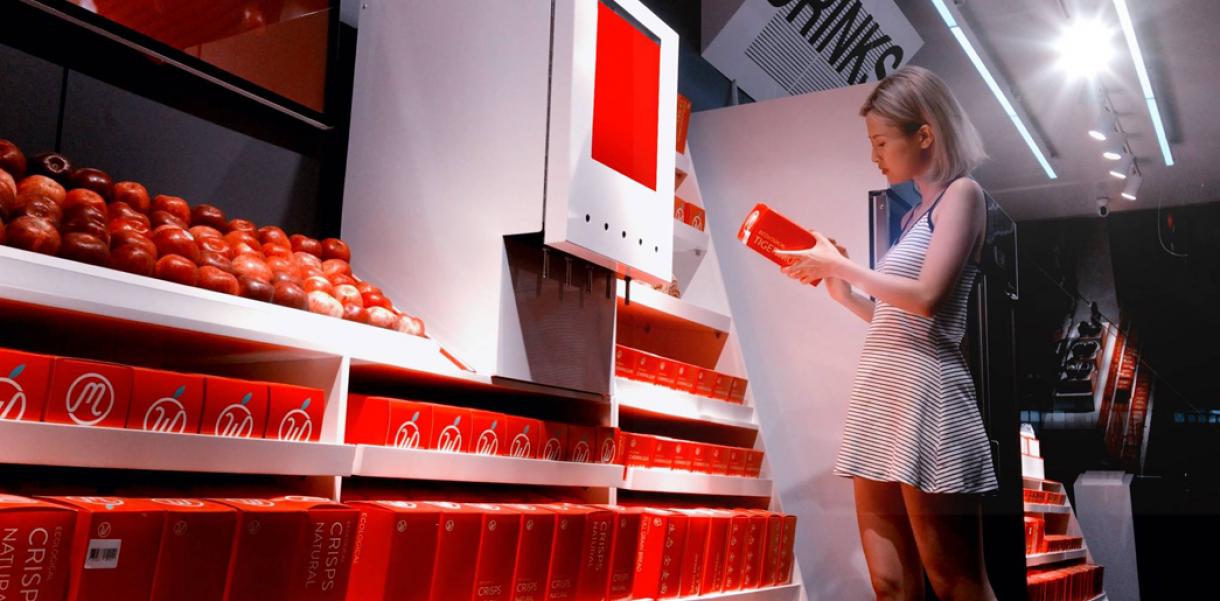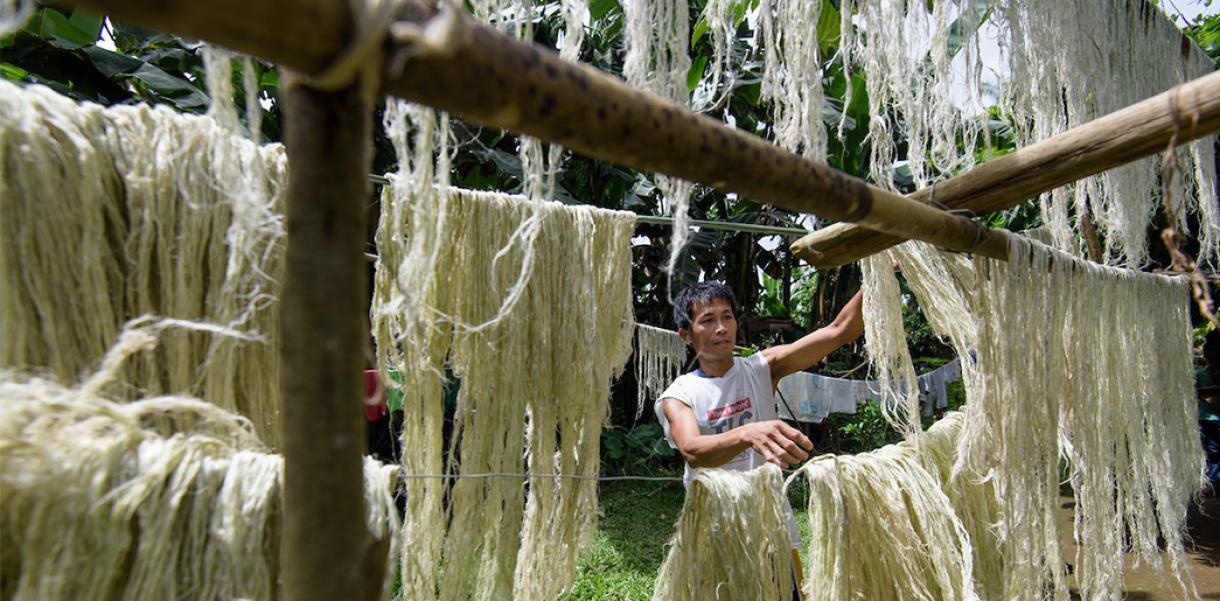Couture or casual, off-the-rack or worn before, fashion involves everyone. Over centuries, it evolved from functional garments to a playful element of expression. And today, it’s a multi-trillion dollar industry offering us every clothing option, from top to toe, that we could possibly imagine or desire.
Fashion changed from fully functional to be all about form, and now every purchase we make is a choice. Accumulated, the world now consumes about 80 billion new pieces of clothing every year. This is 400% more than the amount we consumed just two decades ago. Yet, it’s estimated that we wear only 20-30% of the clothing in our wardrobes.
As our world progressed from the analogue in creative industries like film, photography and music, is the transformation from physical to digital fashion finally here?
"I recall when music first became digital (...) it was this extraordinary kind of mental leap that you had to make from something being very physical, like a record collection, taking up all this physical space. And then you had to transition to thinking of it as something that just didn't require that and it's exactly that same journey. That's required for digital fashion."
Michaela Larosse is the Head of Content & Strategy at the digital fashion house, The Fabricant. With technology at its core and data its only textile, the Netherlands-based company is pioneering the move to digital fashion. They do that in two ways: through their own digital collections sold on the blockchain as well as helping fashion brands develop their designs and ideas in 3D — not physical prototypes.
"We help them use kind of disruptive 3D practices to bring them into the digital fashion space, usually for sustainability reasons, because we can really disrupt parts of their production cycle," Larosse explains. "Particularly around sampling and marketing, where you don't need to travel or send fabric across the planet, which is obviously a very labour-intensive process."
Digital fashion may seem sci-fi, but digital self-expression and digital wearables, known as skins, are very real in metaverses and digital games like Fortnite. The Fabricant is currently bringing its work into the public's awareness through collaborations with influencers, such as Brazil drag star Pabllo Vittar and supermodel Karlie Kloss.
"This competition [with Karlie, ed.] was called #makingstrides and was all about getting young women into tech and really showing young women that as a new route into tech via the very youthful industry of digital fashion, which most people aren't aware of."
For the campaign, they turned one of Karlie's jackets from her physical collection with Adidas into a free 3D iteration, that emerging digital fashion designers could alter and redesign. The Fabricant then selected a top 20 designs, which were auctioned on the decentralised crypto art platform KnownOrigin.
”Our goal is to create the wardrobe of the metaverse.”
And there are people out there who purchase and collect The Fabricant's garments – like purchasing a Birkin bag in real life, there's an authenticity, storytelling and value that excites their customers. They're in fact collectors' items, as Larosse says.
"There's a huge market in digital art at the moment and the digital fashion market is very nascent. It's happening right now and there are various players creating digital garments which are being exchanged and collected on the blockchain," Larosse explains.
Right now The Fabricant is well on its mission to disrupt the fashion industry. With Fortnite skins as well as Snapchat and Instagram filters, dressing our digital selves for fun and self-expression is not incomprehensible. Dressing to the nines in the metaverse is just a natural next step.
"When we all have a digital twin, which, believe it or not, we all will have — we'll have a digital self that will attend meetings on our behalf, conduct transactions and have experiences in the metaverse. All of those things we would need to be dressed for. So our goal is to create the wardrobe of the metaverse."
The Podcast Series
'Can design save us?' is a series exploring design as a pioneering force for good. We dive into the most pressing problems of our time and meet inspiring people using innovation to solve them. We explore the good, bad, complex and controversial. Listen on iTunes, Spotify, Google Podcasts and Podimo.
If you have feedback or story suggestions, please drop us a line, and don't forget to subscribe, rate and share.




